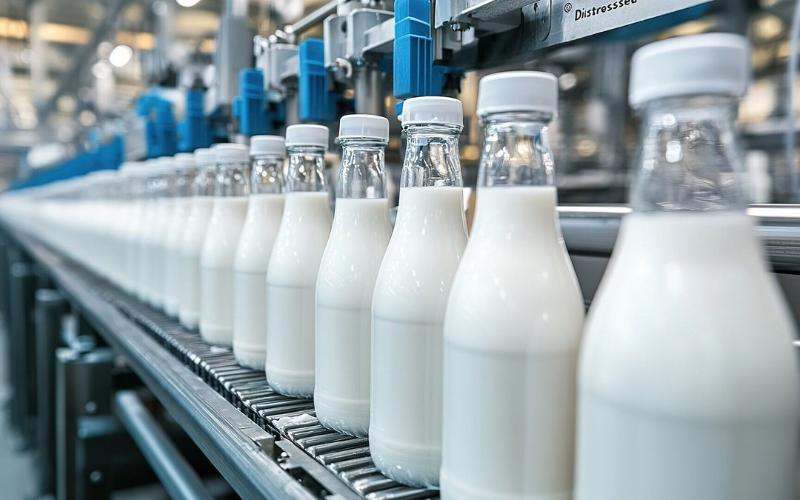US Dairy’s $4.72B Surge: The Trade Policy Ticking Time Bomb

The United States dairy industry has demonstrated a strong momentum in the first half of 2025, with international demand and advantageous market conditions propelling exports to an impressive $4.72 billion, a 15% increase from the previous year. This growth is largely fueled by increased domestic milk production and stable domestic demand, making U.S. dairy products highly competitive globally.
High-value dairy products, especially cheese, have been the main drivers, with exports setting new records—a 7% growth in volume and an 18% increase in value through May 2025. Butterfat exports surged by an extraordinary 151% in the first half of the year, capturing market share from European competitors. Whey exports also saw significant growth despite earlier volatility.
However, the success is under threat due to severe trade policy challenges. While some progress in trade deals, like with Indonesia, is promising, political volatility can impact dairy trade under agreements like USMCA with Canada and Mexico. U.S. dairy heavily relies on foreign markets, with one in six gallons of milk exported. Chinese retaliatory tariffs and non-tariff barriers pose significant hurdles, as seen by reduced whey imports to Japan and Mexico. Analysts warn that ongoing trade pressures could disrupt this otherwise favorable export momentum.
Despite geopolitical challenges, the industry's future prospects appear positive, supported by robust domestic demand and significant private investments of $10 billion in processing capacity by 2026. This assures long-term competitiveness and growth in the international dairy market.












